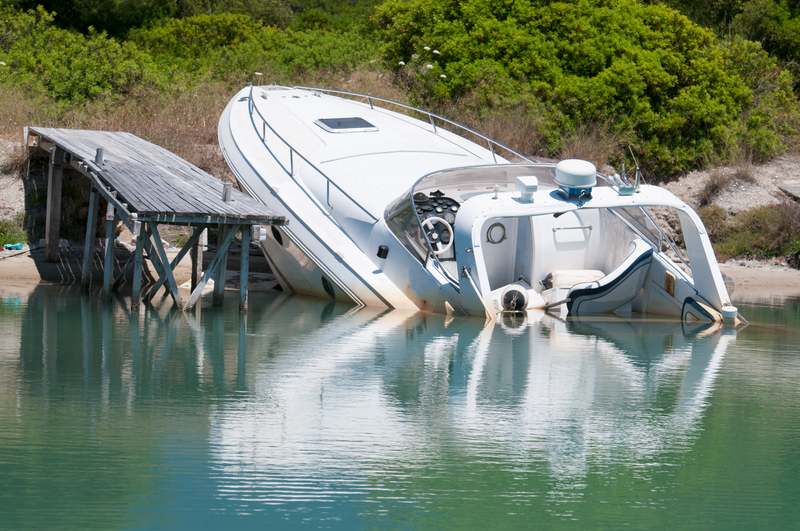A sightseeing trip on Lake Tahoe turned tragic on June 21 when a sudden, severe storm capsized several boats, killing eight people and injuring others. The unexpected storm, with winds reaching 35-45 mph and creating 8-foot swells, surprised even experienced boaters and quickly transformed a calm day into a nightmare.
Dozens of people were on the lake when the fast-moving storm descended. Rescue officials received over a dozen emergency calls as boats took on water and overturned. Five boats capsized, and eight California residents, ranging in age from their mid-20s to late 60s, lost their lives. Many victims were thrown overboard without life vests and desperately clung to coolers and other debris. Hypothermia and minor injuries were also reported among survivors. Search and rescue teams from El Dorado and Placer counties, along with the U.S. Coast Guard, mounted a large-scale effort, but the storm’s intensity and suddenness made a timely rescue difficult. The Coast Guard searched a 390-square-mile area for 12 hours before suspending operations.
The disaster shook the local community, leading to vigils and grief counseling. It also sparked national conversations about boating preparedness, weather alert systems, and the dangers of unexpected storms on mountain lakes. Questions about liability are emerging. Potential areas of responsibility include:
- Rental Companies: If rental operators weren’t adequately warned about weather risks or provided with proper safety gear, or if equipment was faulty, the rental company could be held liable.
- Individual Negligence: Families of victims may pursue wrongful death claims if negligence contributed to the deaths.
- Rescue Failures: While rare, failures in emergency response protocols could also be a factor.
The National Weather Service confirmed issuing a warning earlier in the day, but many boaters may not have seen it, and the storm’s severity likely exceeded initial forecasts. Climate patterns are being considered as a potential explanation for the storm’s intensity. Concerns have also been raised about the effectiveness of weather alerts, enforcement of boating safety standards, and public awareness of how quickly Lake Tahoe’s conditions can change. California law requires vessels to carry life jackets, but passengers are not always required to wear them, a factor highlighted in this tragedy.
In the wake of the disaster, experts are calling for mandatory life vest laws, stronger enforcement of weather-related boating restrictions, and better education for amateur boaters. Key safety tips for boaters include:
- Check and Monitor Weather: Always check forecasts before heading out and continuously monitor conditions, as they can change rapidly.
- Wear a Life Jacket: While not always required, wearing a life jacket can be life-saving.
- Know Your Limits: Exercise extra caution or hire a local guide if you’re unfamiliar with a lake or operating a boat.
- Ensure Proper Equipment: Confirm your vessel has all required safety equipment, including flotation devices, radios, flares, and a whistle or horn.
- Heed Warnings: Never ignore weather alerts or warning signs, even if the weather initially appears calm.
We represent people injured as a result of the careless and reckless acts of others. At the end of the day your case can only be settled one time and you need to know all of the facts beforehand. Insurance companies have paid our clients hundreds of millions of dollars in compensation because we uncover the facts. When insurance companies fail to offer full compensation, we are not intimidated at the prospect of going to trial. We help with serious injuries that require serious representation. We are the Law Offices of Guenard & Bozarth, LLP. Our attorneys have more than 60 years of experience specializing in only representing injured people. Call GB Legal 24/7/365 at 916-665-0464 or visit www.gblegal.com

